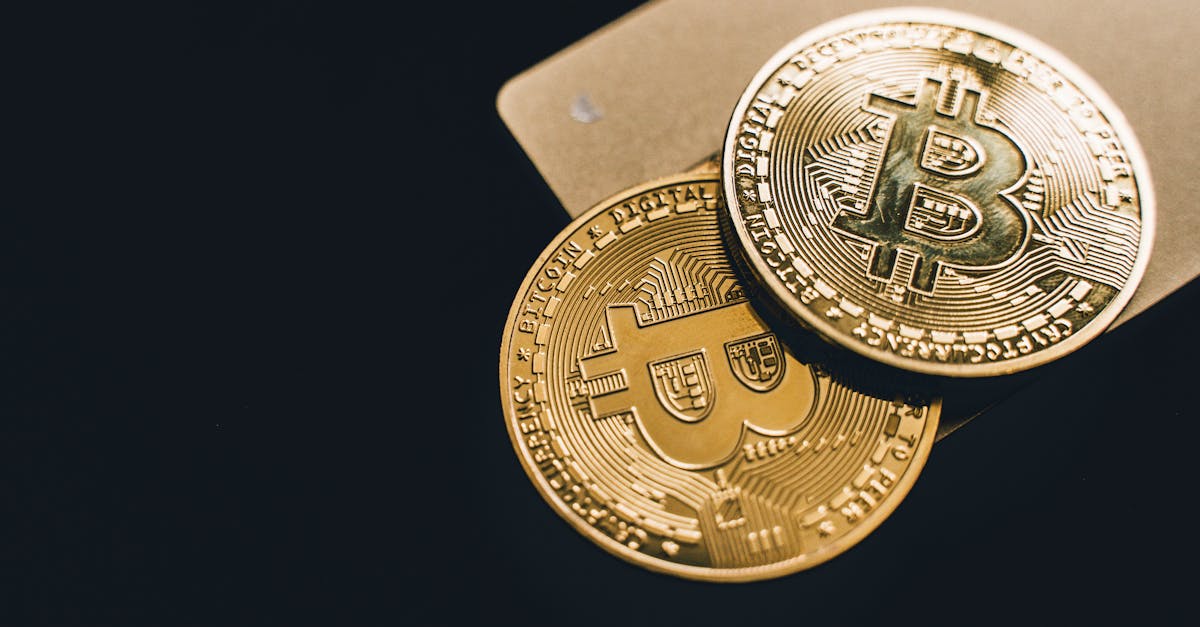Unveiling the Golden Equation: How Costs and Profits Dance in the Mines

The world of gold mining is a fascinating one, where fortunes can be made and lost in the pursuit of the precious metal. But behind the glitz and glamour, there’s a complex web of costs and profitability that can make or break a mining operation. In this article, we’ll delve into the anatomy of gold mining costs, exploring the different types of expenses involved and how they impact a company’s bottom line. We’ll also examine the critical role of operational costs, which can vary significantly depending on factors such as mine location, extraction methods, and labor costs. As we navigate the intricate relationship between costs, profitability, and stock prices, you’ll gain a deeper understanding of the challenges and rewards that come with investing in the gold mining industry.
Key Insights into Gold Mining Costs and Profitability
- Operational costs are a critical factor in gold mining profitability. Mine location, extraction methods, and labor costs significantly impact these expenses.
- Companies must strike a balance between operational costs and profitability. Effective cost management and revenue generation strategies are crucial for maximizing returns.
- Operational costs directly correlate with stock prices of gold mining companies. Investors assess cost control and efficiency to gauge a company’s financial health and potential.
- Industry trends like automation and sustainability are shaping the future of gold mining. These trends influence costs, profitability, and investment considerations.
- Investors should consider operational efficiency, cost management, market conditions, and industry trends when evaluating gold mining companies. A comprehensive analysis helps identify investment opportunities and mitigate risks.
1. The Anatomy of Gold Mining Costs
The Anatomy of Gold Mining Costs: A Comprehensive Overview
Gold mining, a captivating industry that has lured prospectors and investors for centuries, entails a complex web of costs that can make or break an operation. Understanding these costs is paramount for anyone seeking to navigate the intricacies of this fascinating field.
Exploration costs lay the groundwork for any mining venture, as geologists and engineers scour the earth’s surface in search of promising gold deposits. Drilling, sampling, and assaying are essential components of this stage, and their costs can vary significantly depending on the terrain and the depth of exploration.
Once a viable deposit is identified, extraction costs come into play. These encompass the methods used to remove the gold from the earth, including open-pit mining, underground mining, and dredging. The choice of extraction method hinges on factors such as the deposit’s size, depth, and geological characteristics. Naturally, these varying approaches incur different costs.
Processing costs refine the raw ore into pure gold. This stage involves crushing, grinding, and leaching the ore to separate the gold from other materials. The complexity of the processing method and the type of ore being processed significantly influence these costs.
2. Operational Costs: A Critical Factor

Operational Costs: A Critical Factor in Gold Mining
Operational costs are the lifeblood of any gold mining operation, directly impacting profitability and overall financial performance. These costs encompass a wide range of expenses incurred during the day-to-day operations of a mine.
Mine location plays a significant role in shaping operational costs. Factors such as accessibility, infrastructure, and local regulations can influence the cost of labor, transportation, and supplies. Remote mine locations, for instance, often require additional expenses for infrastructure development and logistics.
Extraction methods also have a major bearing on operational costs. Open-pit mining, while less expensive to establish, involves higher ongoing costs for excavation and waste removal. Underground mining, on the other hand, necessitates significant upfront investment but offers lower operating costs over the long term.
Labor costs can vary considerably depending on the region and skill level required. In areas with a skilled workforce, labor costs may be higher, but this can be offset by increased productivity. Conversely, mines in remote locations may face challenges in attracting and retaining qualified workers, leading to higher labor costs.
3. Profitability: Striking a Balance
Profitability: Striking a Delicate Balance
In the world of gold mining, profitability is a delicate balancing act between operational costs and revenue. Companies must carefully navigate this dynamic to maximize returns and ensure long-term financial success.
One key aspect of this balancing act is cost control. By optimizing operational efficiency, mines can reduce unnecessary expenses and improve margins. This can involve implementing new technologies, improving workforce productivity, and negotiating favorable contracts with suppliers.
Another crucial factor is revenue generation. Gold prices play a significant role in determining profitability, as higher prices lead to increased revenue for miners. Companies can also explore additional revenue streams, such as by-product sales or joint ventures, to supplement their income.
4. Stock Price Impact: A Direct Correlation

Stock Price Impact: A Direct Correlation
The relationship between operational costs and stock prices in the gold mining industry is a direct and dynamic one. Investors closely scrutinize a company’s operational efficiency and cost management strategies when making investment decisions.
When operational costs are well-managed and kept under control, it signals to investors that the company is operating efficiently and maximizing its profit potential. This can lead to increased investor confidence and higher stock prices. Conversely, if operational costs rise significantly or exceed expectations, it can raise concerns about the company’s profitability and long-term viability, potentially leading to a decline in stock prices.
5. Industry Trends: Shaping the Future
Industry Trends: Shaping the Future of Gold Mining
The gold mining industry is constantly evolving, driven by technological advancements, sustainability initiatives, and changing market dynamics. These trends are reshaping the way companies operate and can significantly impact costs and profitability.
One major trend is the increasing adoption of automation and technology in mining operations. Automated systems can improve efficiency, enhance safety, and reduce labor costs. For example, self-driving trucks and drones are being used to transport materials and monitor operations, while sophisticated software is deployed to optimize production processes.
Sustainability is another key trend shaping the industry. Miners are under increasing pressure to reduce their environmental footprint and adopt more sustainable practices. This includes initiatives to minimize water usage, reduce greenhouse gas emissions, and rehabilitate mined land. While these initiatives can involve upfront costs, they can also lead to long-term cost savings and improved stakeholder relations.
6. Investment Considerations: Weighing the Risks and Rewards
Investment Considerations: Weighing the Risks and Rewards
Investing in gold mining companies can be a lucrative but also risky endeavor. To make informed investment decisions, it’s crucial to carefully evaluate various factors that influence a company’s performance and potential profitability.
One key consideration is operational efficiency. Investors should assess a company’s ability to manage its operations effectively, minimize costs, and maximize productivity. This includes examining factors such as mine planning, extraction methods, and workforce management. Companies with a track record of operational excellence are more likely to deliver consistent returns for investors.
Cost management is another critical aspect to consider. Investors should evaluate a company’s strategies for controlling operational costs, including labor costs, energy consumption, and equipment maintenance. Companies that demonstrate strong cost discipline and a commitment to continuous improvement are better positioned to withstand market fluctuations and maintain profitability.
7. Conclusion: A Balancing Act
Conclusion: A Delicate Balancing Act
In the gold mining industry, achieving profitability and maximizing shareholder value hinges on a delicate balancing act between operational costs, profitability, and stock prices. This intricate relationship is shaped by a multitude of factors, including mine location, extraction methods, labor costs, market conditions, and industry trends.
To succeed in this dynamic environment, mining companies must meticulously manage their operational costs, keeping a close eye on expenses and implementing strategies to improve efficiency and productivity. Simultaneously, they must navigate market fluctuations and adapt to evolving industry trends, such as automation and sustainability initiatives, to maintain profitability and investor confidence.
Understanding the complex interplay between these factors is paramount for investors seeking to make informed decisions in the gold mining sector. By carefully evaluating a company’s operational efficiency, cost management practices, and market positioning, investors can identify opportunities for growth and mitigate potential risks, ultimately maximizing their chances of success in this captivating and ever-evolving industry.
What are the major factors that influence operational costs in gold mining?
Operational costs in gold mining are primarily impacted by mine location, extraction methods, and labor costs. Mine location determines factors such as accessibility, infrastructure, and local regulations, which can influence the cost of labor, transportation, and supplies. Extraction methods, whether open-pit or underground mining, have varying costs associated with excavation, waste removal, and equipment. Labor costs fluctuate depending on the region and skill level required, with higher costs in areas with skilled workforces.
How does the price of gold impact the profitability of gold mining companies?
The price of gold plays a crucial role in determining the profitability of gold mining companies. Higher gold prices lead to increased revenue for miners, boosting their profit margins. Conversely, when gold prices are low, miners may struggle to cover their operating costs and maintain profitability.
What are some industry trends that are shaping the future of gold mining?
The gold mining industry is undergoing several transformative trends, including automation, technological advancements, and sustainability initiatives. Automation and technology are enhancing efficiency, safety, and productivity, while sustainability initiatives focus on reducing environmental impact and promoting responsible mining practices. These trends are reshaping the industry, creating both opportunities and challenges for mining companies.
What factors should investors consider when evaluating gold mining companies?
Investors evaluating gold mining companies should consider various factors, including operational efficiency, cost management, market conditions, and industry trends. Operational efficiency assesses a company’s ability to manage its operations effectively, minimizing costs and maximizing productivity. Cost management involves evaluating strategies for controlling expenses and maintaining profitability. Market conditions and industry trends provide insights into the overall industry landscape and potential risks and opportunities.
Table of Key Insights into Gold Mining Costs and Profitability
| Key Insight | Description | |—|—| | Operational costs are a critical determinant of profitability in gold mining. | Factors such as mine location, extraction methods, and labor costs significantly impact these expenses. | | Companies must strike a delicate balance between operational costs and profitability. | Effective cost management and revenue generation strategies are crucial for maximizing returns. | | Operational costs directly correlate with stock prices of gold mining companies. | Investors assess cost control and efficiency to gauge a company’s financial health and potential. | | Industry trends are shaping the future of gold mining. | Automation, technological advancements, and sustainability initiatives influence costs, profitability, and investment considerations. | | Investors should consider multiple factors when evaluating gold mining companies. | Operational efficiency, cost management, market conditions, and industry trends provide a comprehensive view for making informed investment decisions. |

0 responses to “Gold Mining Costs and Profitability: How Operational Costs Impact Profits and Stock Prices”